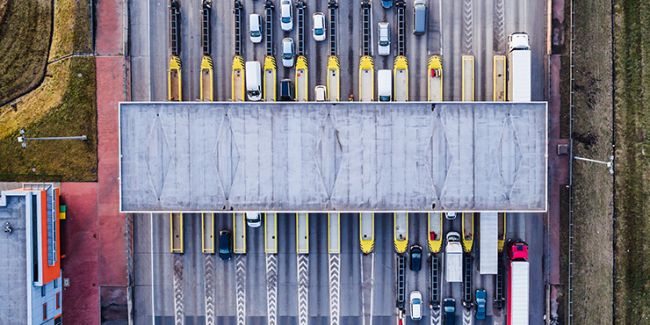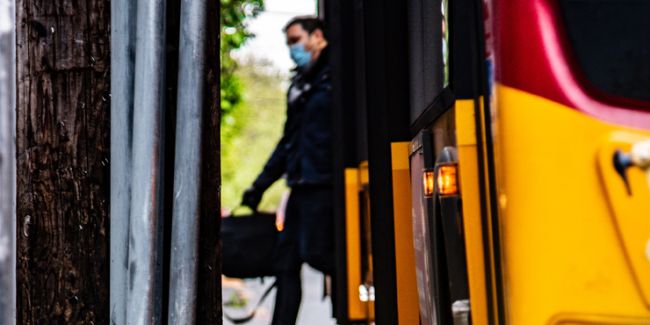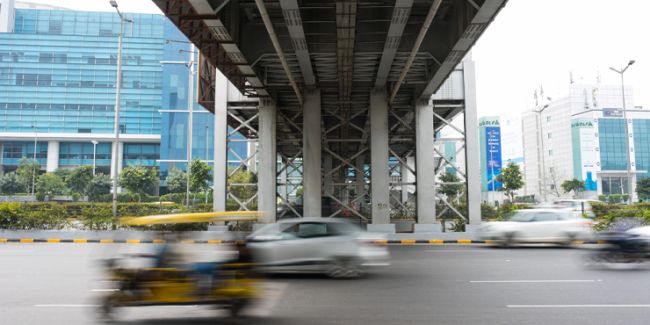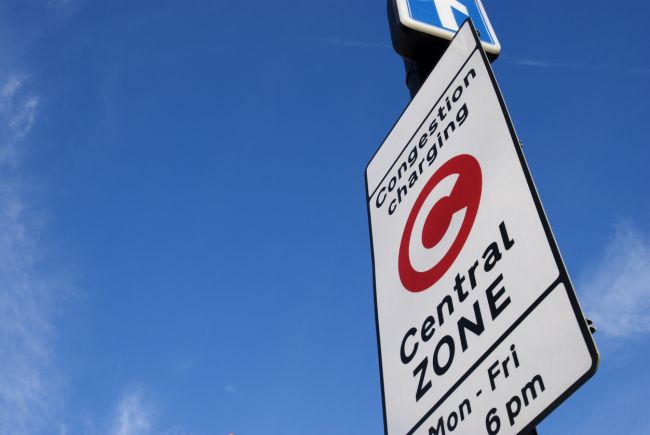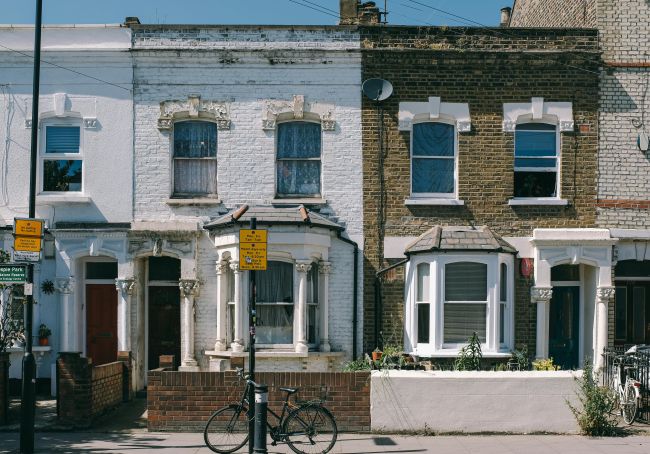Managed lanes on the up
Managed Lanes are gaining popularity in the US, with a second wave of projects soon to be delivered and many more being considered.

Managed Lanes are gaining popularity in the US, with a second wave of projects soon to be delivered and many more being considered. While strictly speaking High Occupancy Vehicle lanes are a form of managed lanes, here we focus on fee-based managed lanes, such as High Occupancy/Toll lanes or Express Lanes.
The motivation for building more managed lanes is compelling. Urban areas across the United States are experiencing highway congestion and need new capacity. Toll revenue from managed lanes can in fact help pay for a portion of the costs to build and operate this new capacity. All users of the facility experience improved travel times, including those travelers who remain in the ‘general purpose’ lanes, since the shifting of some traffic to the managed lanes reduces congestion in the general purpose lanes. Further, managed lane projects can be integrated with bus rapid transit to provide a cost-effective provision of a high quality transit service.
The first wave of managed lane projects were primarily conversions of HOV (High Occupancy Vehicle) lanes to HOT (High Occupancy/Toll) lanes. This type of project was originally implemented to better utilize underused highway capacity. Toll rates for these projects are typically set to control the traffic levels in the managed lanes and any revenue in excess of operating costs is seen as a bonus.
But now a second wave of managed lanes projects are coming through. Soon, managed lanes projects in Virginia, Texas and Puerto Rico will be delivered through P3, and many more are being considered. The objectives of P3 managed lane projects need to be carefully established. Since the toll revenue alone is typically insufficient to finance the full managed lanes project, the public sector will be required to contribute funding in addition to the private sector financing.
This can lead to the conflicting objectives of:
- Setting toll rates higher to maximize revenue and lower the public sector contribution.
- Setting toll rates lower to attract more trips to the managed lanes.
These are some of the issues that Steer Davies Gleave has been addressing through our involvement working for both the public and private sector on a number of the managed lanes projects, including ones in California, Colorado, Florida, Georgia, North Carolina, Texas and Virginia.








